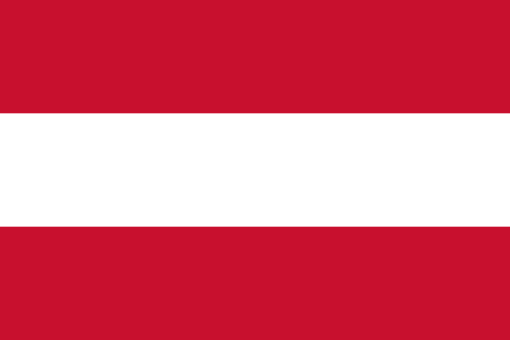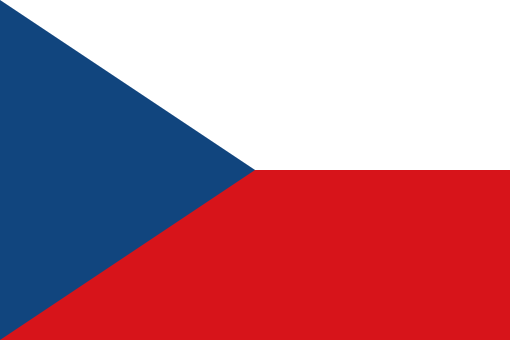The wonders of nature, together with its beauty and unspoilt features, should delight not only the people of the present, but also those of the future. National parks ensure that nature is allowed to develop and evolve as freely as possible without human intervention. Today and tomorrow
In the Thayatal, one of the most beautiful ravines in Europe, this has been happening since 1 January 2000. Austria's Green Canyon represents a unique ecosystem that is not only being protected across borders - in collaboration with the neighbouring Podyjí National Park in the Czech Republic - but is also to be extended little by little. This was the case for the first time in 2012.
However, the area is by no means taboo for humans. The nature of the national parks can be experienced by visitors. Anyone who has breathed in the spicy forest air of the valley, heard the gurgling of the Thaya and obtained an impression of the scale of the Green Canyon from the Umlaufberg will take the Thayatal to their heart just as much as the idea of protecting it over the long term.
In the Thayatal, one of the most beautiful ravines in Europe, this has been happening since 1 January 2000. Austria's Green Canyon represents a unique ecosystem that is not only being protected across borders - in collaboration with the neighbouring Podyjí National Park in the Czech Republic - but is also to be extended little by little. This was the case for the first time in 2012.
However, the area is by no means taboo for humans. The nature of the national parks can be experienced by visitors. Anyone who has breathed in the spicy forest air of the valley, heard the gurgling of the Thaya and obtained an impression of the scale of the Green Canyon from the Umlaufberg will take the Thayatal to their heart just as much as the idea of protecting it over the long term.




